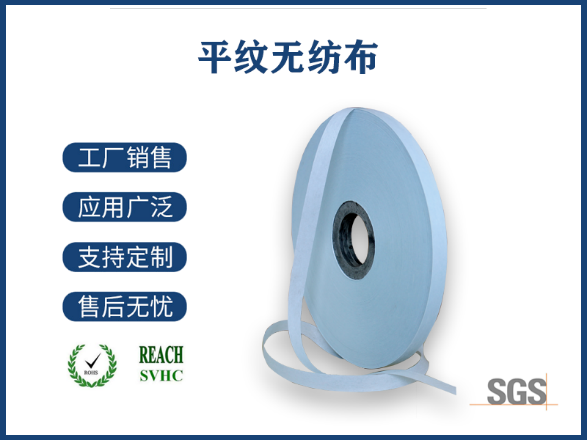
Title: Exploring the Advantages and Applications of Medical Melt-Blown Nonwoven Fabric In the realm of medical supplies, melt-blown nonwoven fabric stands out as a crucial material due to its unique properties and diverse applications. This specialized textile, often referred to by its technical term in English, plays an essential role in ensuring the safety and efficacy of various medical procedures. Let’s delve into the specifics of this remarkable fabric and understand why it has become indispensable in the healthcare sector. Understanding Melt-Blown Nonwoven Fabric Melt-blown nonwoven fabric is a synthetic fabric composed of fine fibers that are bonded together through a process involving high-speed air currents. What sets this material apart is its exceptional ability to filter out microscopic particles, making it highly suitable for use in medical applications where filtration efficiency is paramount. The production process results in a fabric that boasts a soft texture while maintaining robust durability, ideal for sensitive environments such as hospitals and clinics. Applications in Medical Settings One of the primary uses of melt-blown nonwoven fabric is in the manufacturing of medical face masks. These masks serve as a barrier against airborne particles, including pathogens, protecting both patients and healthcare workers from potential infections. Additionally, the fabric is widely used in creating protective gowns, caps, and shoe covers, offering comprehensive coverage and reducing the risk of contamination in sterile zones. Its breathable yet protective nature ensures comfort without compromising safety, a critical factor in prolonged usage scenarios. Advantages Over Other Materials Compared to traditional woven materials or other types of nonwovens, melt-blown fabric excels in several key areas. Firstly, its fine fiber structure provides superior filtration capabilities, capturing even the smallest airborne particles effectively. Secondly, it exhibits excellent liquid repellence, preventing fluids from penetrating through, which is vital for infection control. Moreover, the fabric’s lightweight and flexible characteristics make it easy to wear and maneuver, enhancing mobility during medical examinations and procedures. Sustainability and Environmental Impact While discussing the benefits and uses of melt-blown nonwoven fabric, it’s also important to consider its environmental footprint. As a synthetic product, it raises concerns about sustainability and waste management. However, advancements in recycling technologies and efforts towards developing biodegradable alternatives are underway to mitigate these issues. Manufacturers are increasingly exploring ways to incorporate recycled content into their products and enhance the lifecycle management of these materials, aligning with global sustainability goals. Conclusion In summary, melt-blown nonwoven fabric represents a significant advancement in the field of medical textiles, offering unparalleled protection, comfort, and versatility. Its widespread adoption across various healthcare applications highlights its importance in promoting infection control and safeguarding public health. As research continues into more eco-friendly production methods, the future of this material looks promising, poised to play an even greater role in advancing medical practices worldwide. With ongoing innovation and responsible stewardship, melt-blown nonwoven fabric will undoubtedly remain a cornerstone of modern healthcare.




 客服QQ
客服QQ